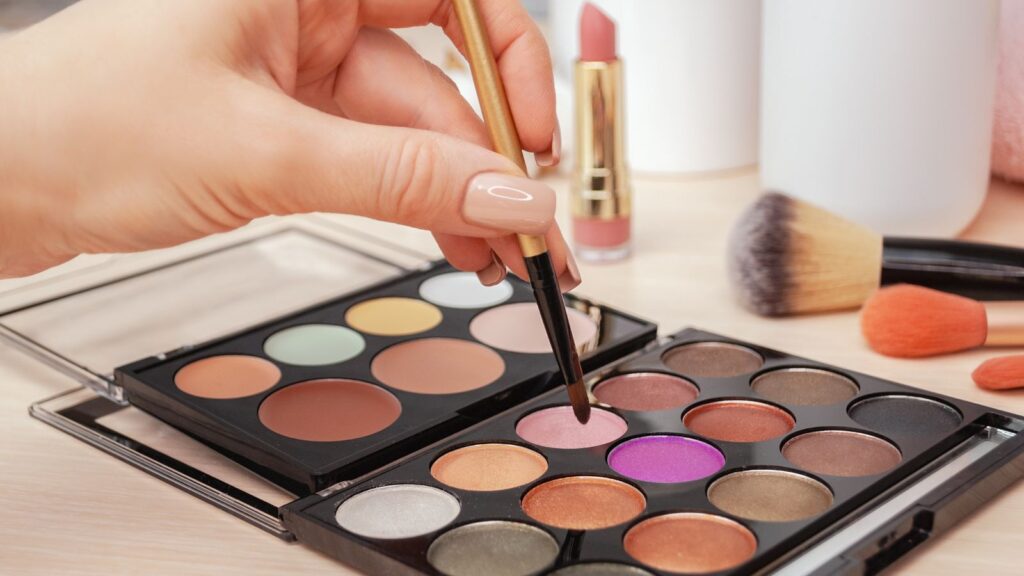Racial injustice is a deep-seated issue that has been part of society for centuries. It’s reflected in various items that many of us might not immediately associate with such significant societal problems. We’ve listed 19 everyday items you might not have ever realised symbolise racial injustice.
Peanut Butter

Peanut butter might seem like a simple, everyday spread, but its history is entwined with racial exploitation. George Washington Carver “was an agricultural scientist…who developed hundreds of products using peanuts,” according to History. However, Carver’s innovations were overshadowed by white entrepreneurs who commercialised peanut butter, reaping profits that Carver never saw.
Hair Products

Hair products specifically designed for black hair tell a story of systemic racism and cultural appropriation. For decades, black people were pressured to conform to Eurocentric beauty standards, using damaging products to straighten their hair. Recently, the natural hair movement has reclaimed black beauty, but the fight against hair discrimination continues.
Plasters/Band-Aids
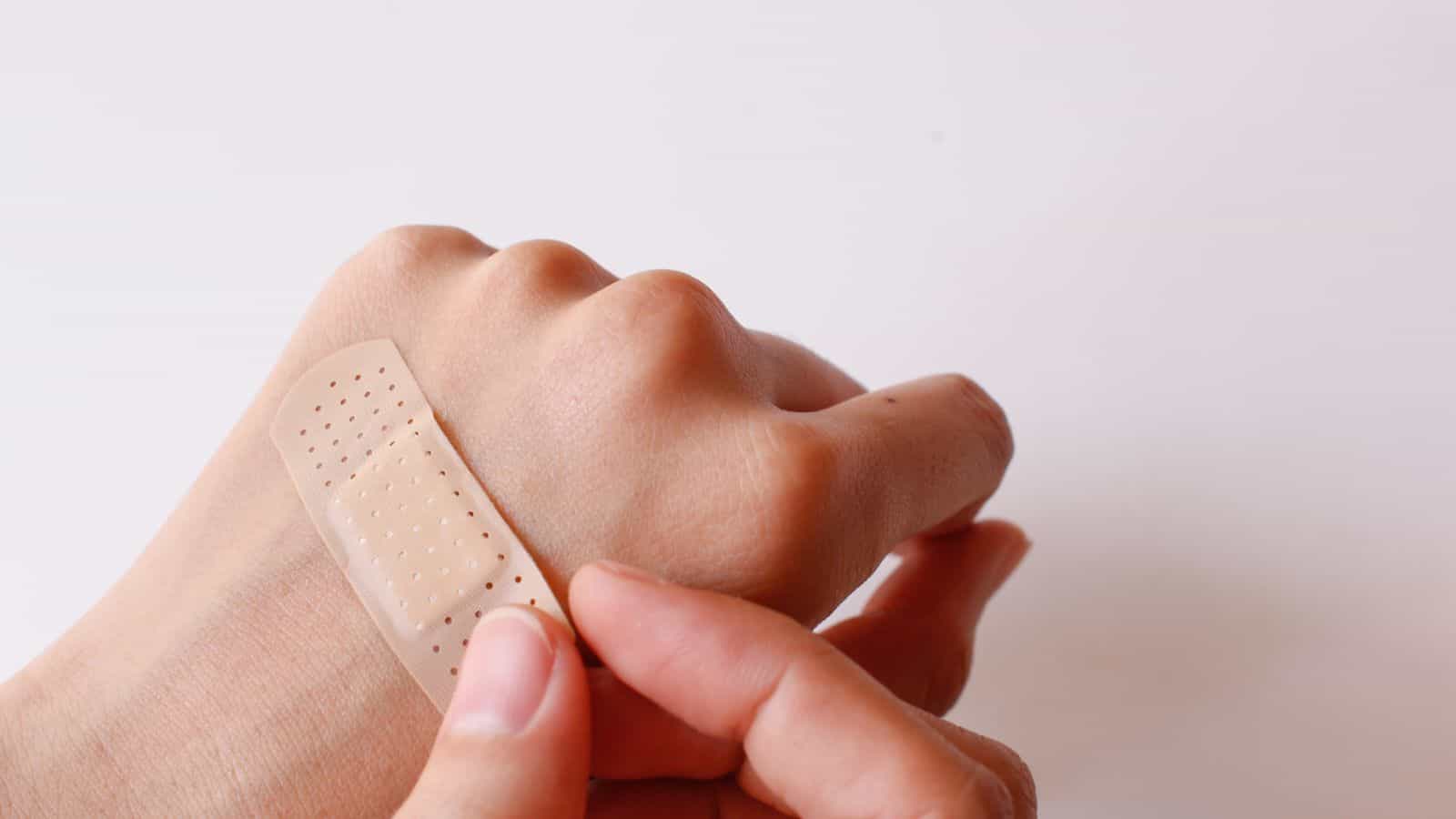
A small but significant example of racial bias in everyday products is the band-aid, or plaster as we know it. For many years, they were only available in shades suitable for white skin tones, excluding people of colour. This oversight highlights the lack of consideration for diversity in product design and marketing, perpetuating the idea that whiteness is the default.
School Textbooks

School textbooks are important in shaping young minds, yet they often reflect racial bias, as history books, in particular, have traditionally glorified colonial achievements and downplayed the atrocities committed against indigenous and black populations. This skewed representation affects how children perceive race and justice.
Toys
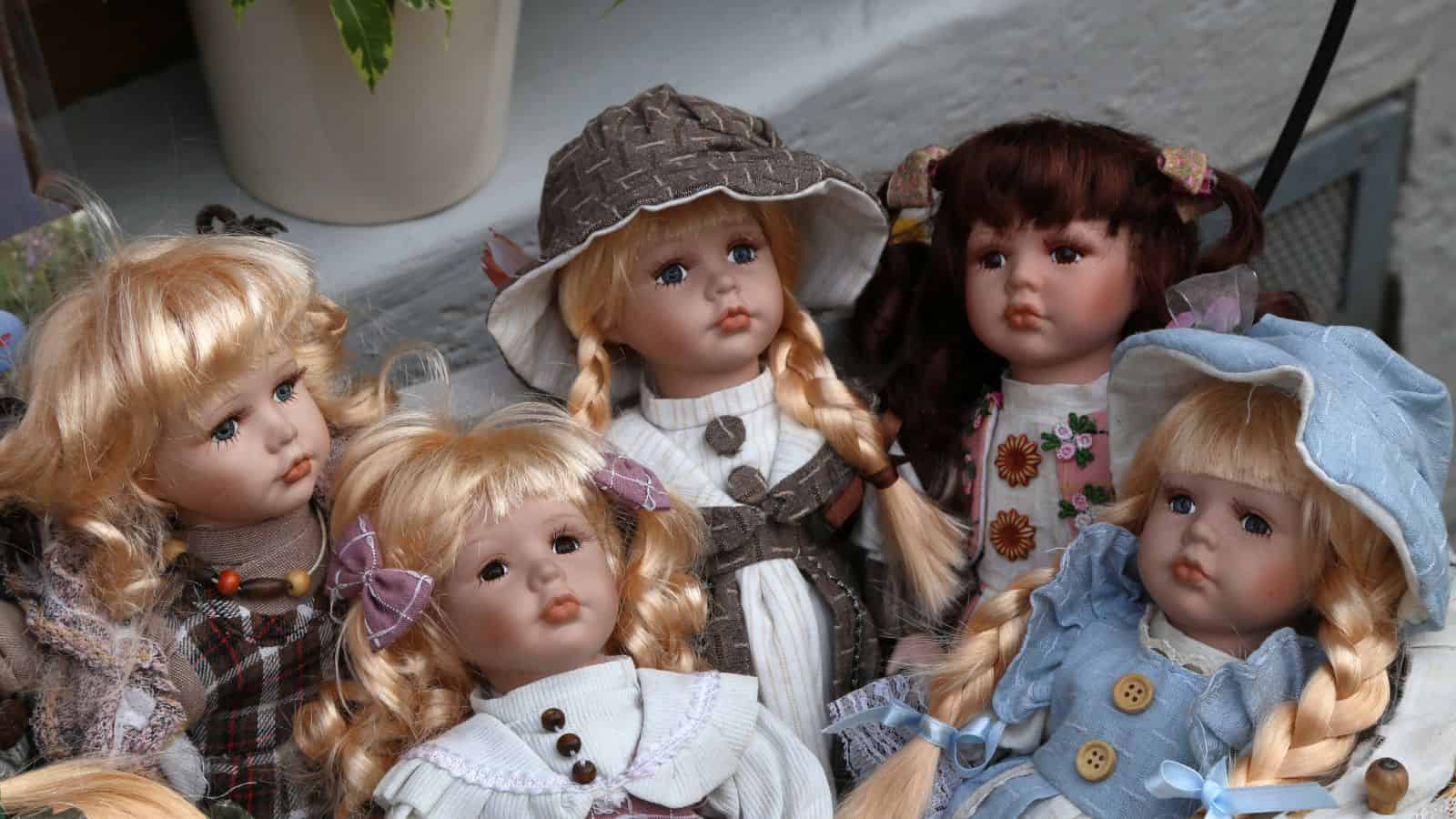
Whether it’s dolls or action figures, toys often reflect and reinforce societal norms and biases. Historically, dolls were predominantly white, leaving children of colour with few relatable options. The lack of diversity in toys can affect children’s self-esteem and perpetuate the idea that whiteness is superior.
Housing Ads

Housing ads often reveal underlying racial biases through subtle cues and language. For example, terms like “good neighbourhood” or “family-friendly” can be codes for predominantly white areas, excluding people of colour. Additionally, in history, redlining practices prevented black families from purchasing homes in certain areas.
Books
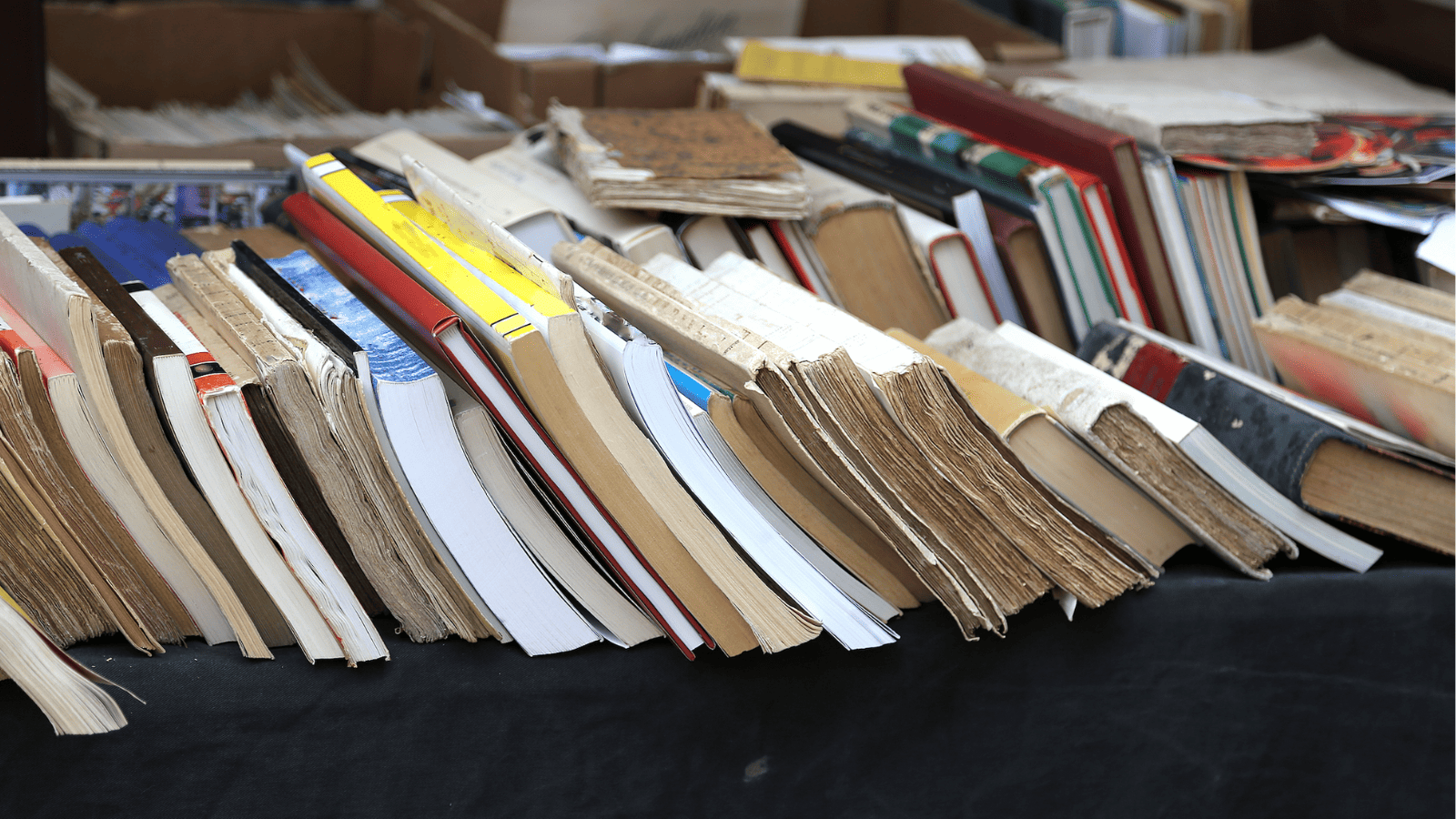
Books, particularly those found in public libraries and schools, have lacked diverse voices and perspectives. This absence contributes to a limited worldview, depriving readers of the varied experiences of people of colour. Ensuring diverse representation in literature is crucial for preventing racial injustice.
Makeup Shades
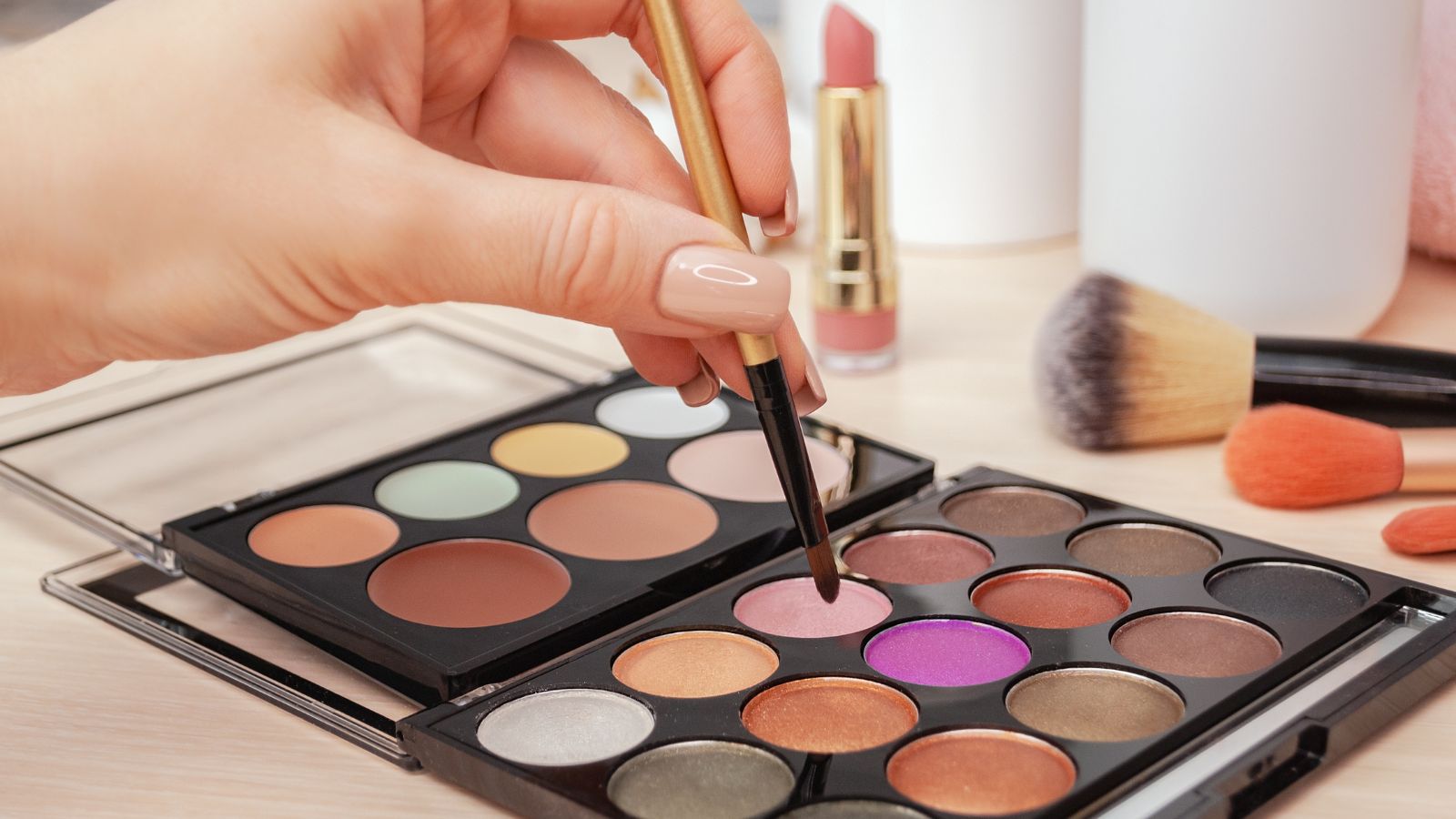
The beauty industry has long catered to lighter skin tones, with limited options for people of colour. This lack of inclusivity in makeup shades highlights the industry’s disregard for diverse customers, but recently, there has been a push for more inclusive ranges.
Art Supplies
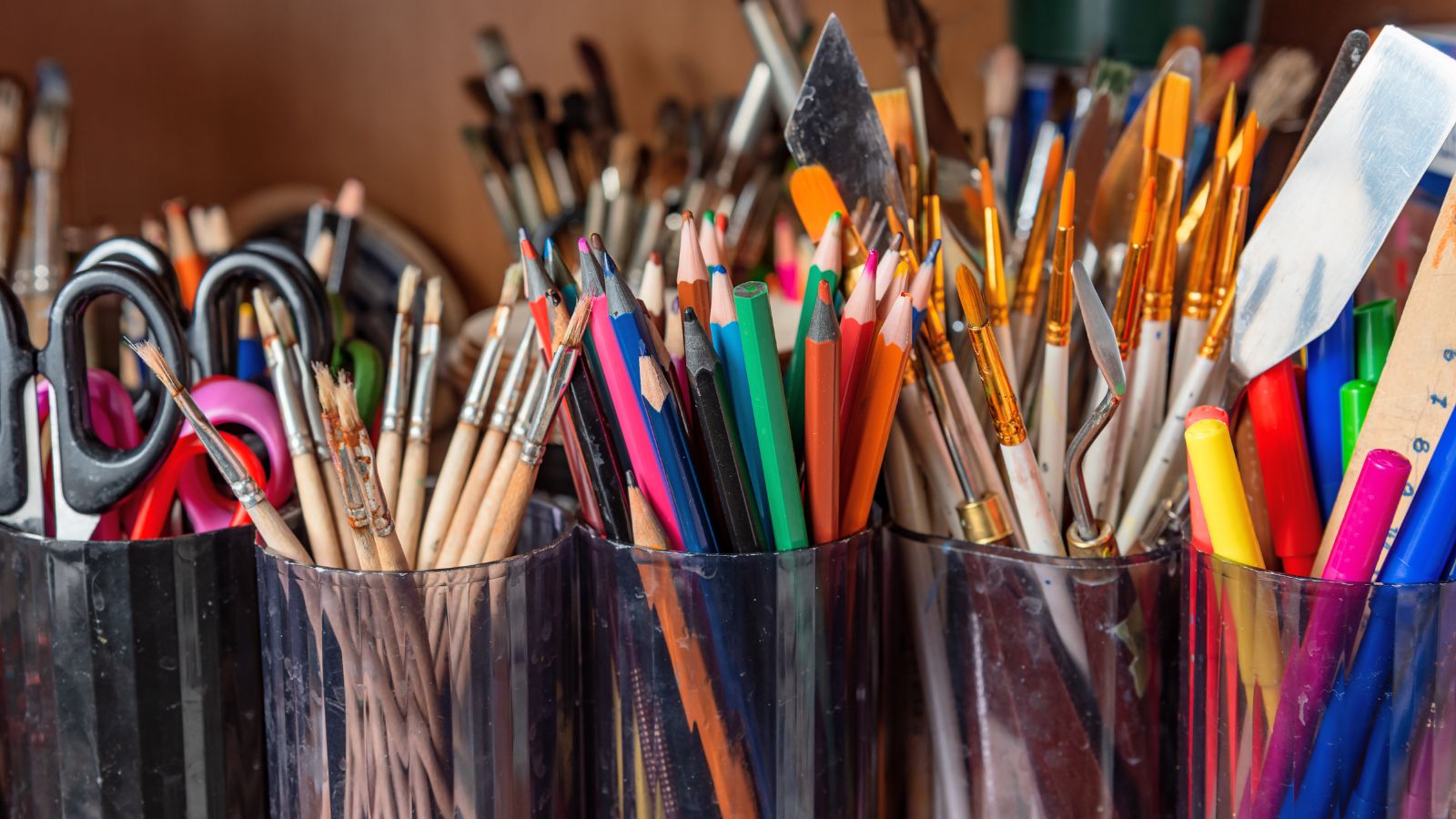
Did you know that even something as innocuous as art supplies can symbolise racial injustice? Crayons and coloured pencils traditionally offered a narrow range of skin tones, predominantly in shades suitable for white skin. This limited representation affects children’s ability to see themselves accurately in their drawings.
Healthcare Access

Access to healthcare items, like certain medications and treatments, often reveals disparities rooted in racial injustice, too, as Black and minority ethnic communities frequently face barriers to accessing adequate healthcare. This is due to systemic racism, leading to poorer health outcomes and reinforcing existing inequalities.
Grocery Stores
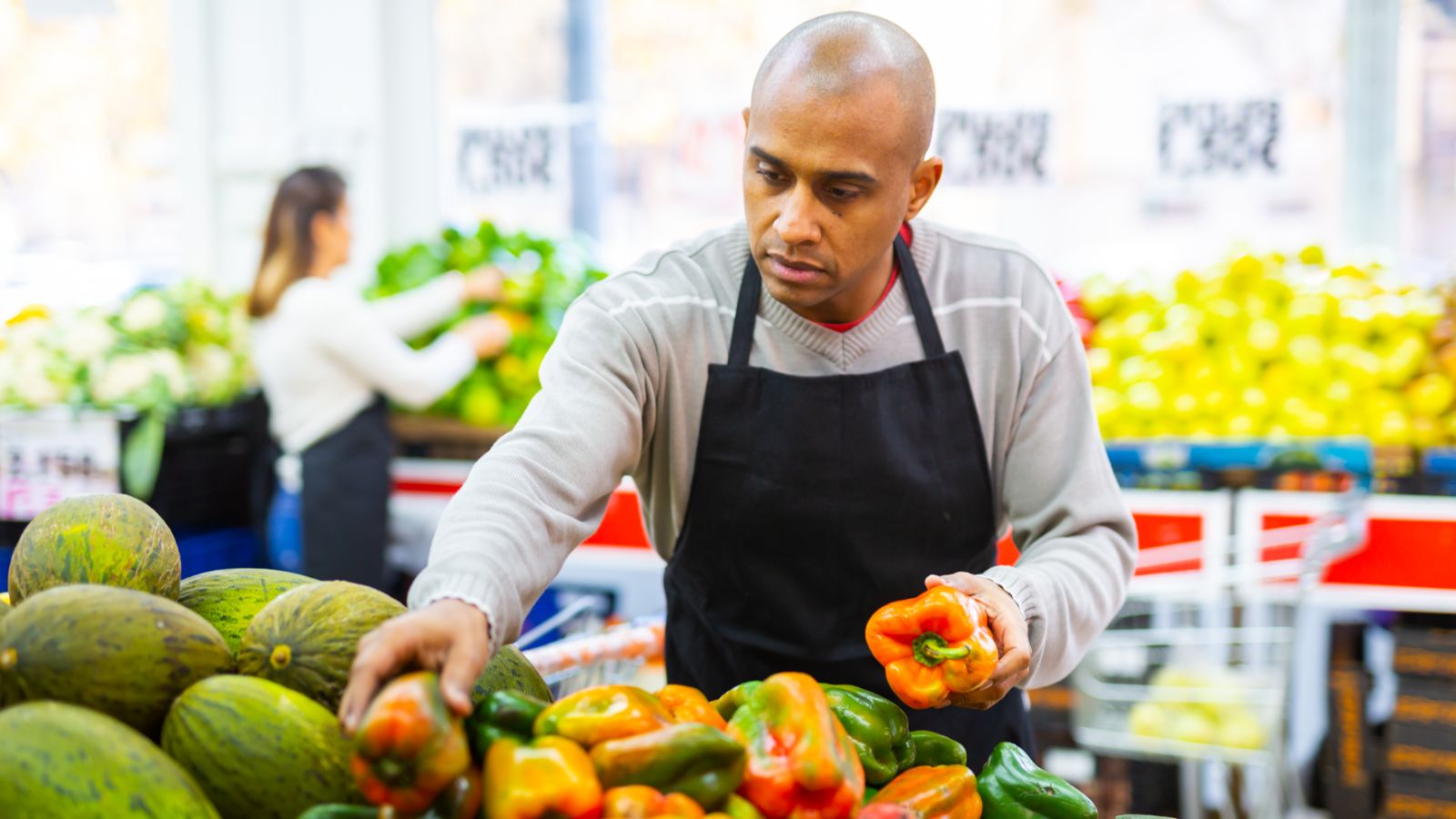
The availability and quality of grocery stores in different neighbourhoods often reflect racial and economic disparities. Predominantly black and minority communities are more likely to experience food deserts, where affordable and nutritious food is scarce. This inequality in food access shows health disparities, not to mention socio-economic injustices.
Shoes
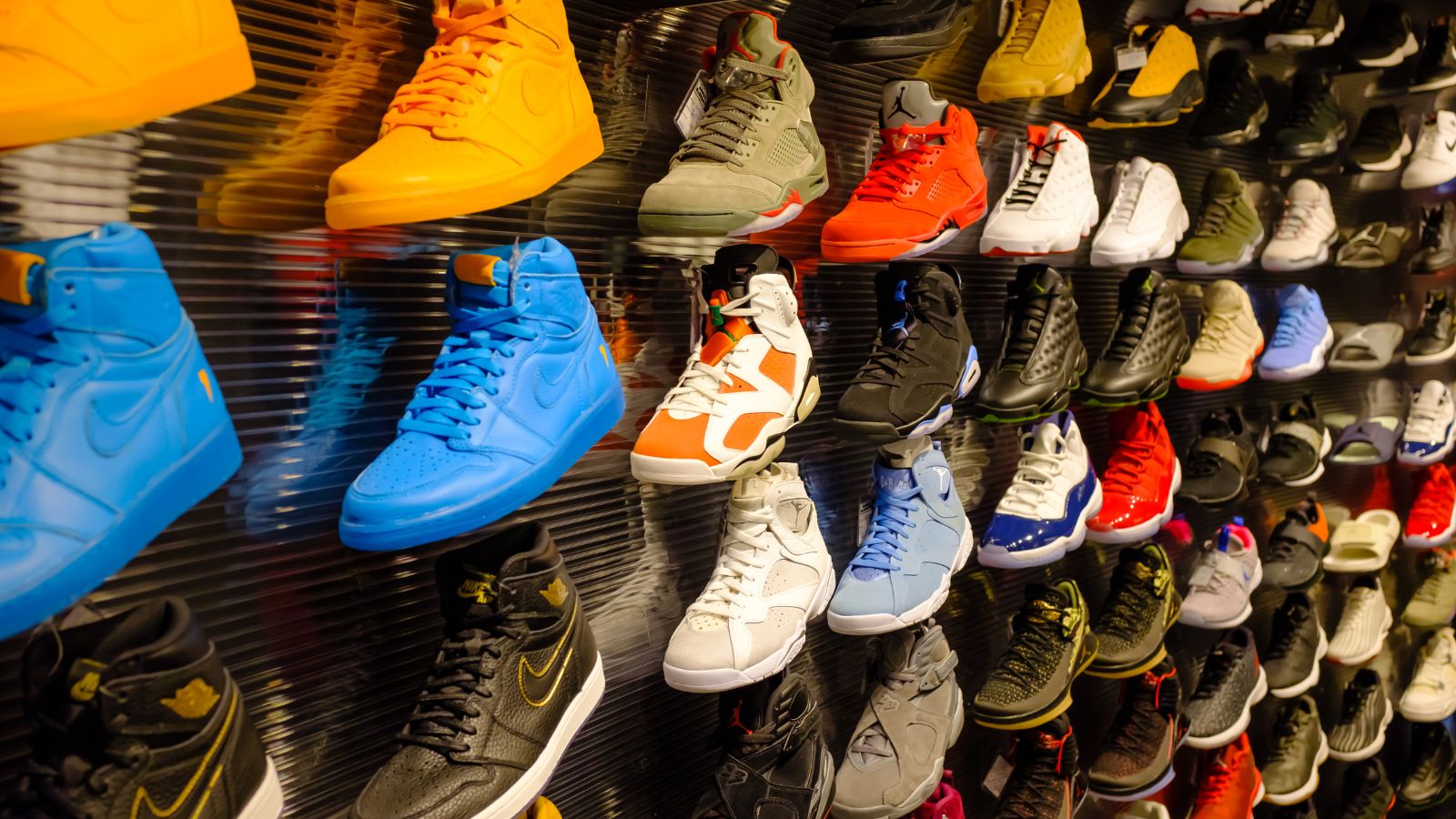
The story of athletic shoes, particularly brands like Nike and Adidas, involves racial dynamics in both production and marketing. Many of these shoes are manufactured in countries with poor labour conditions, which disproportionately affect workers of colour. Additionally, marketing campaigns often appropriate black culture to sell products.
Coffee
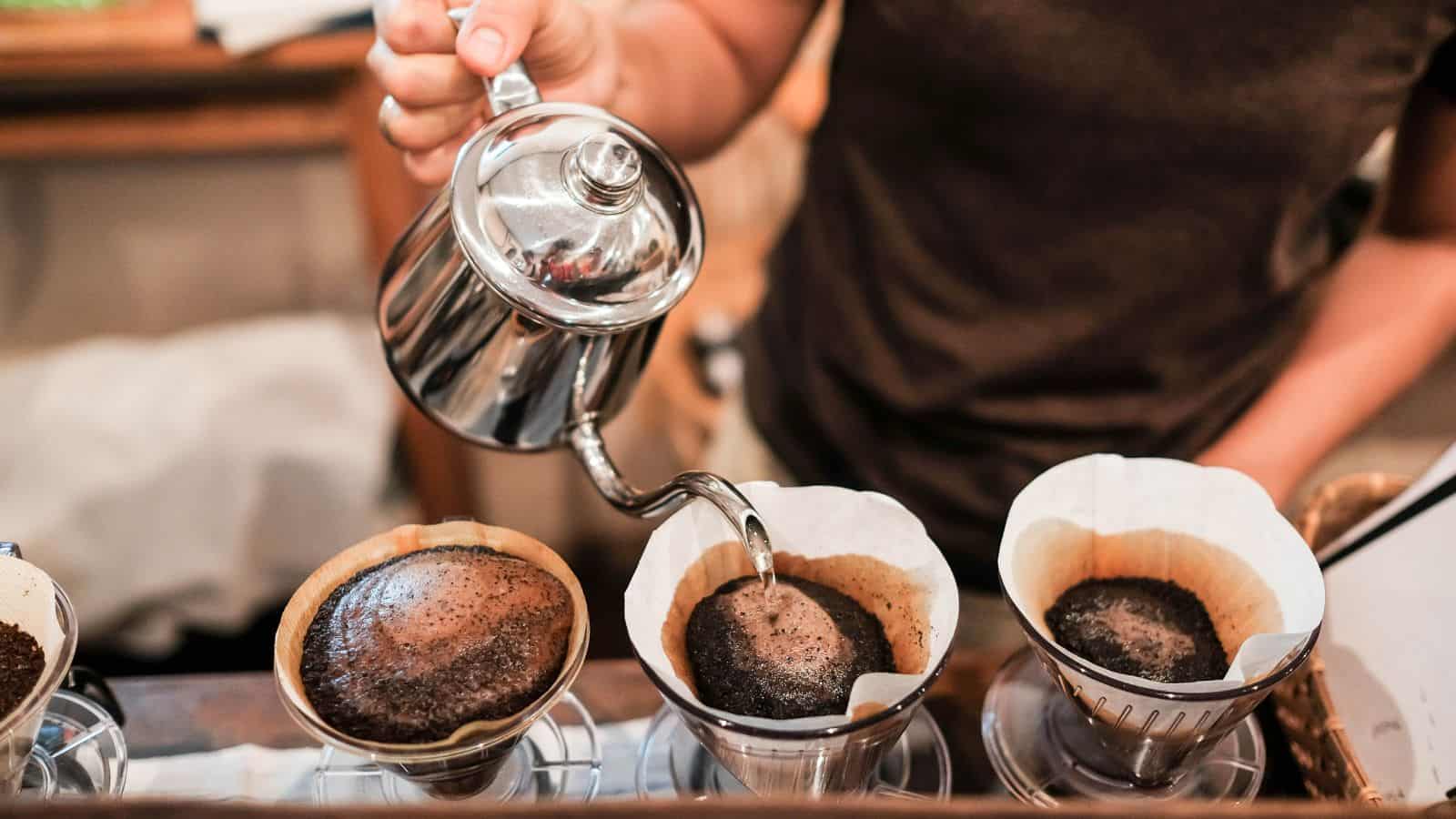
There’s a complex history when it comes to coffee, tied to colonial exploitation and racial injustice. This is because many coffee plantations historically relied on slave labour. Today, coffee farmers, often people of colour, still face exploitation and unfair wages. The disparity between the luxurious coffee shop experience and the harsh realities of coffee production reflects ongoing problems.
Music

The music industry, too, has a long history of racial exploitation. This was particularly the case for black artists, with genres like blues, jazz, and rock being pioneered by black musicians who often did not receive fair compensation or recognition. White artists and producers frequently profited more from these genres, reflecting broader patterns of cultural appropriation.
Sports Equipment
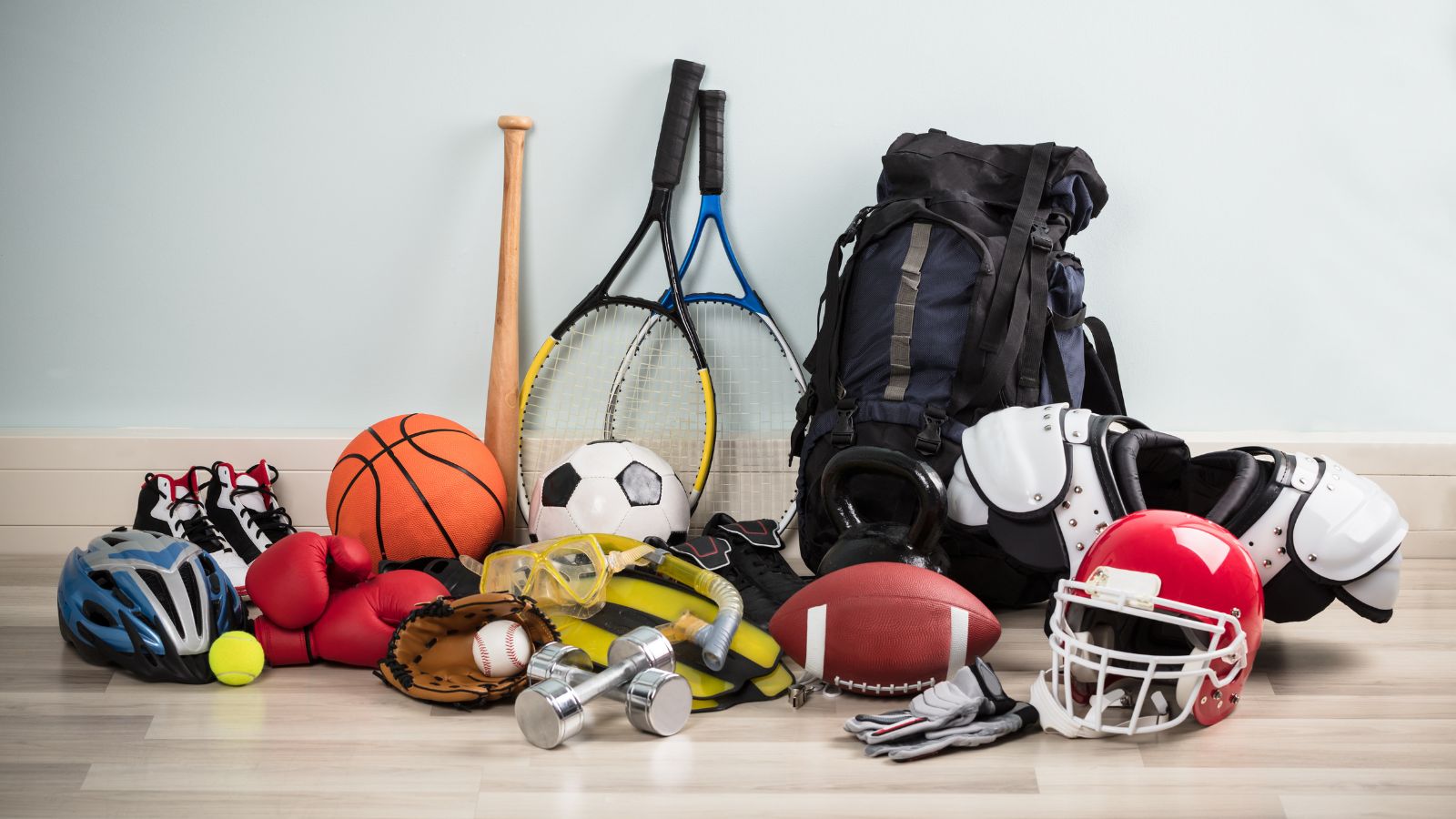
Especially in professional leagues, sports equipment can symbolise racial injustice through the underrepresentation and exploitation of athletes of colour. While sports can offer opportunities for minority athletes, systemic racism in hiring practices, endorsements, and media representation continues to affect their careers and earnings.
Banking Services

Access to banking and financial services also reveals significant racial disparities. Black and minority ethnic communities often face higher loan rejection rates, higher interest rates, and fewer banking services in their neighbourhoods. These inequities contribute to the racial wealth gap and limit economic opportunities for people of colour.
Transportation
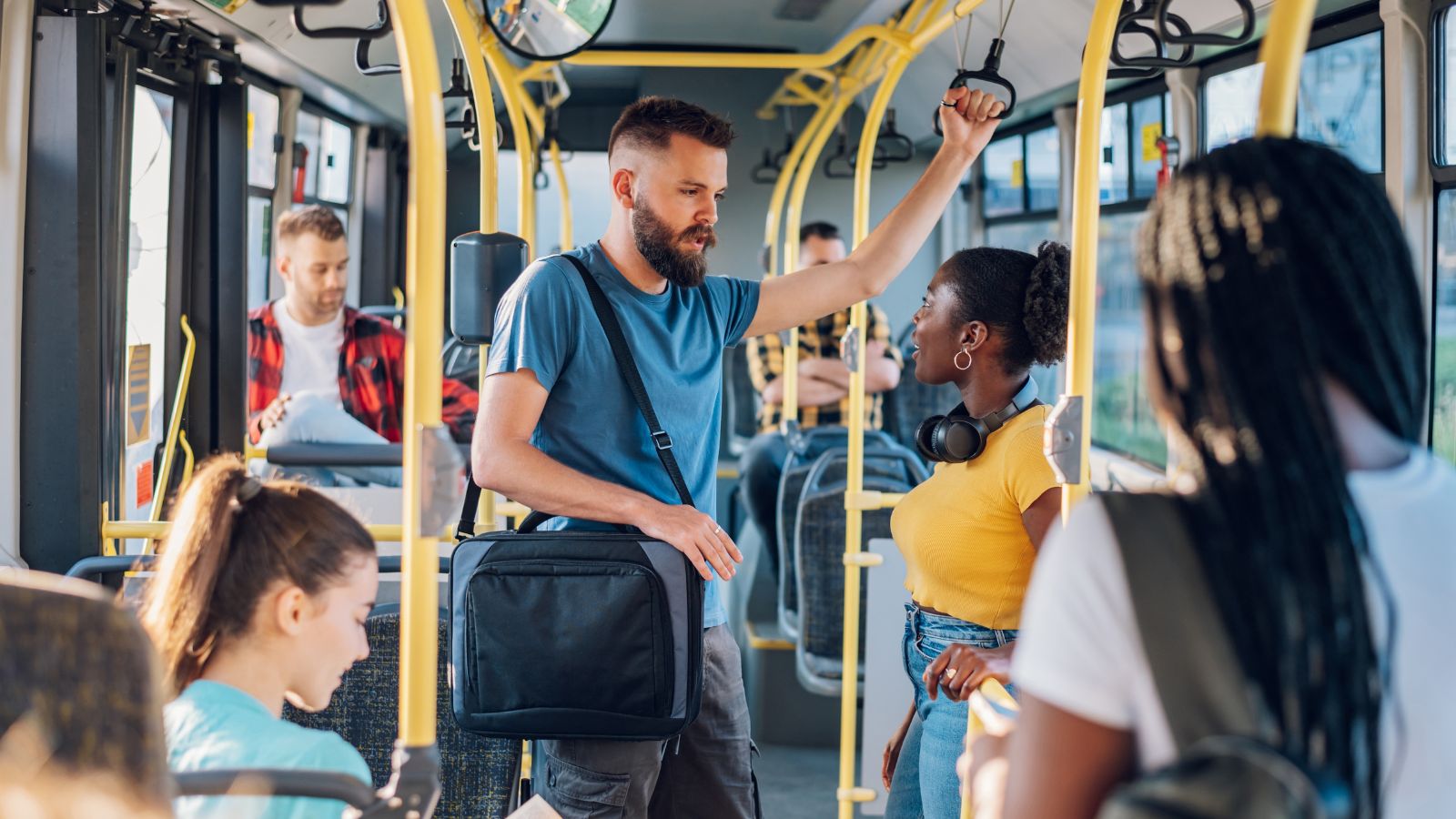
Transportation systems often reflect racial and economic divides. Public transit in many cities is underfunded and unreliable in predominantly black and minority neighbourhoods, limiting access to jobs and services. Additionally, the placement of highways and major roads has historically disrupted these communities as well.
Cleaning Products

Did you know that cleaning products and household goods often carry subtle but significant racial implications, too? Marketing for these products has historically featured white families. Moreover, the workers who produce and clean with these products are disproportionately people of colour, often working in low-wage, undervalued jobs.
Fast Food

And finally, even fast food isn’t free from racial injustice. Fast food chains are more prevalent in economically disadvantaged and minority communities, contributing to health disparities. These areas often lack access to healthier food options, leading to higher rates of diet-related illnesses.

